ACAP Latest News
Read about recent developments and findings in procellariiform science and conservation relevant to the Agreement on the Conservation of Albatrosses and Petrels in ACAP Latest News.
Fourth meeting of the ACAP Population and Conservation Status Working Group: a participant portfolio
The Albatross and Petrel Agreement’s Population and Conservation Status Working Group (PaCSWG4), is holding its fourth meeting this week in Wellington, New Zealand. The two days of discussions follow a three-day meeting of a sister ACAP Working Group on seabird bycatch (SBWG8). The deliberations of both groups will be reported to the 10th Meeting of the ACAP Advisory Committee (AC10) next week.
A photographic portfolio of some of the attendees at PaCSWG4 follows:
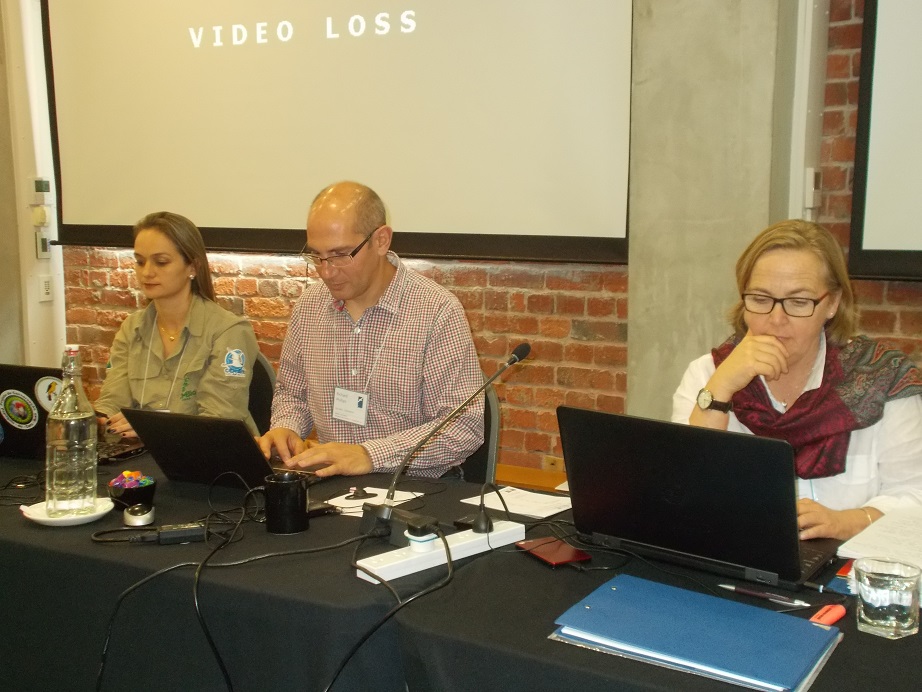
PaCSWG Convenors: Patricia Pereira Sefarini (Brazil), Richard Phillips (UK) and Rosemary Gales (Australia)

PaCSWG8 attendees ready for day one
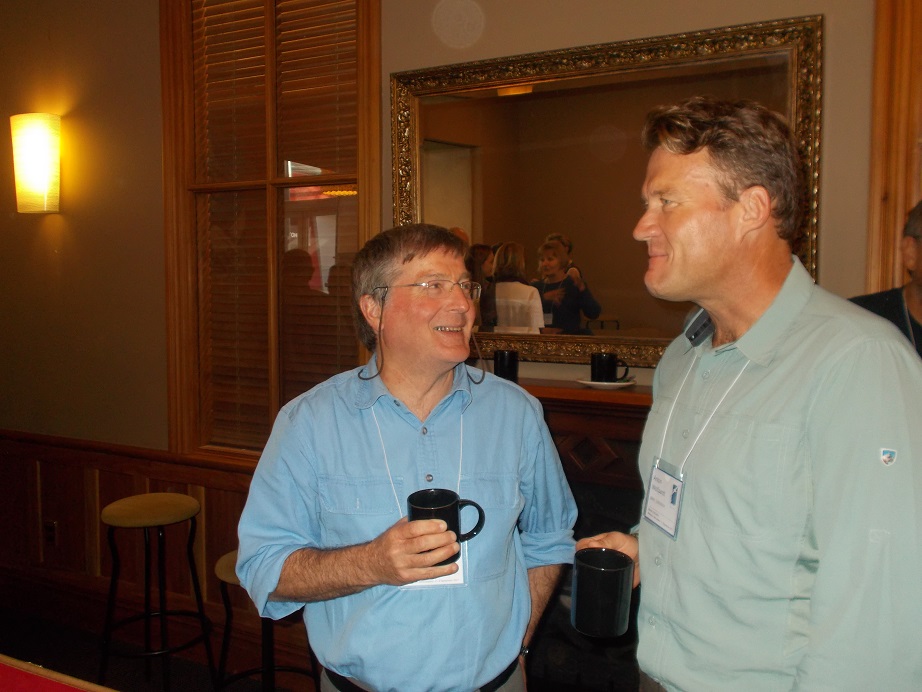
Paul Sagar (New Zealand) with Anton Wolfaardt (UK)

Alan Tennyson, Colin Miskelly and Graeme Taylor - New Zealanders all
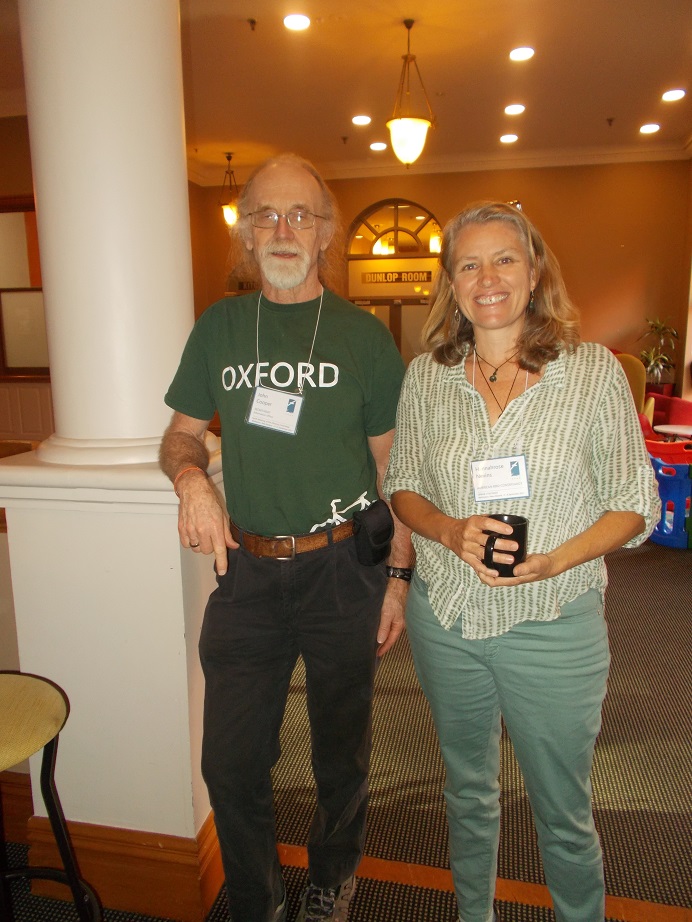
John Cooper (ACAP Information Officer) with Hannah Nevins (American Bird Conservancy)
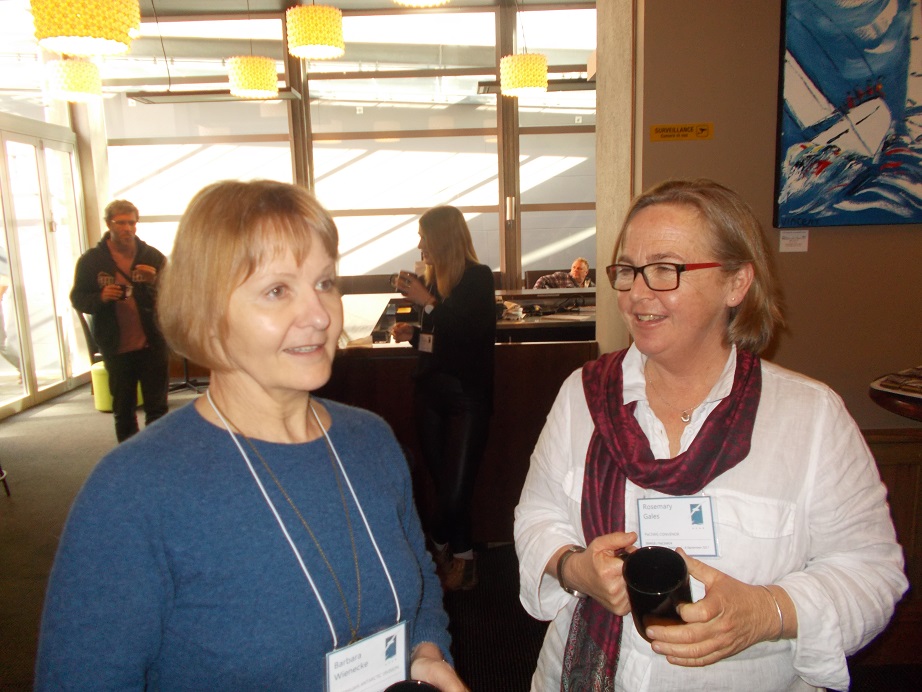
Barbara Wienecke and Rosemary Gales in conversation at morning tea (both Australia)

Susan Waugh chats with Nathan Walker (both New Zealand)

Kath Walker (New Zealand) in conversation with Hannah Nevins (USA)
John Cooper, ACAP Information Officer, 08 September 2017
Yesterday, ACAP's Seabird Bycatch Working Group (SBWG) completed its three-day Eighth Meeting in Wellington, New Zealand. Today its sister group, the Population and Conservation Status Working Group (PaCSWG), has commenced a two-day meeting, its fourth. Deliberations of both meetings will be reported to the 10th Meeting of the ACAP Advisory Committee (AC10) next week.
Photos of some of the atttendees taken at yesterday's SBWG session follow (more have been posted to ACAP's Facebook Page):
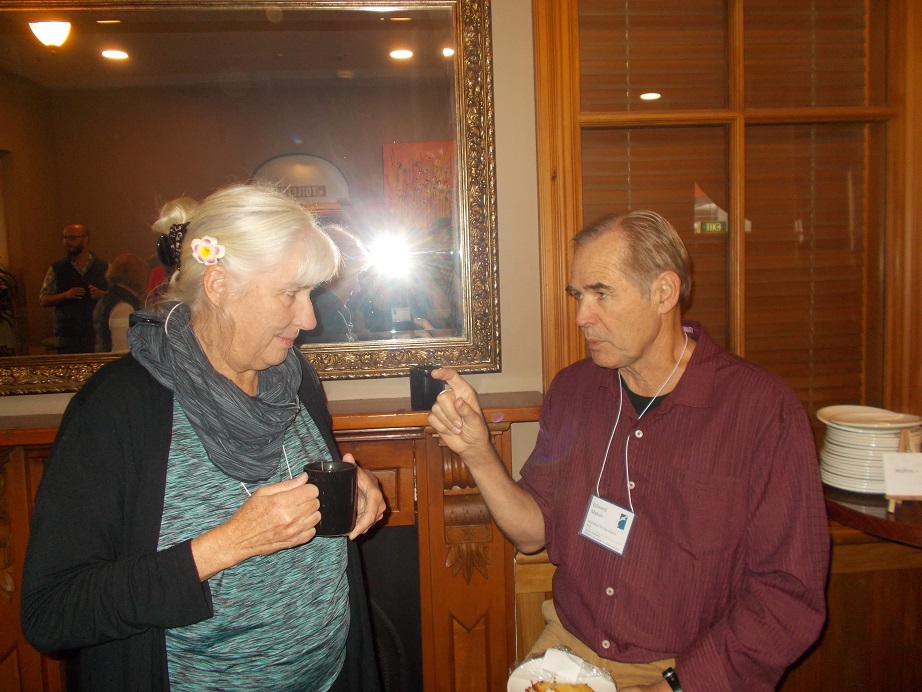
Beth Flint (USA) in conversation with Ed Melvin (USA)
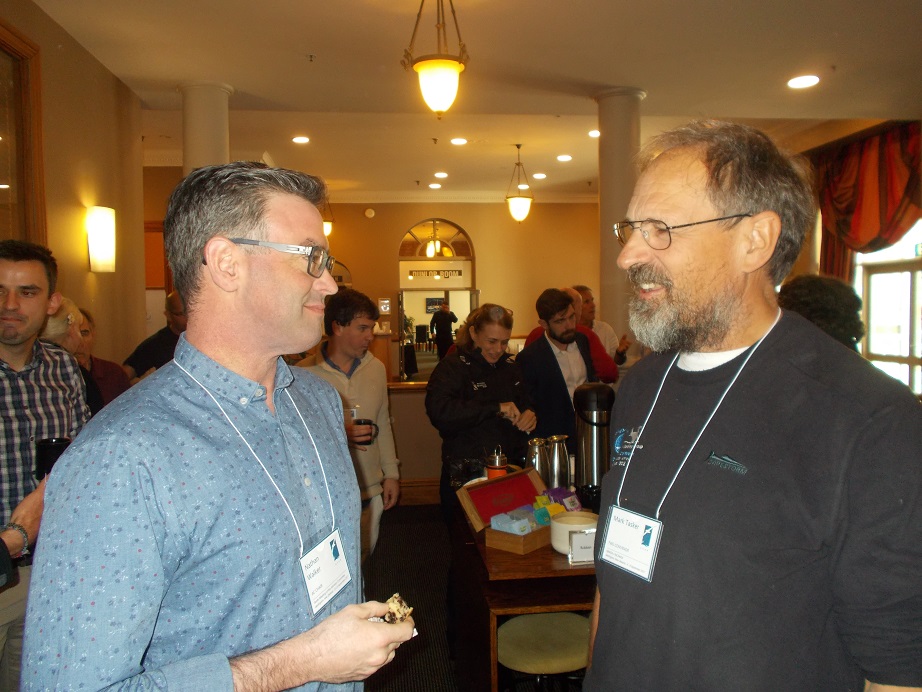
Tea time for Nathan Walker (current Advisory Committee Chair, New Zealand) and Mark Tasker (past Advisory Committee Chair, United Kingdom)
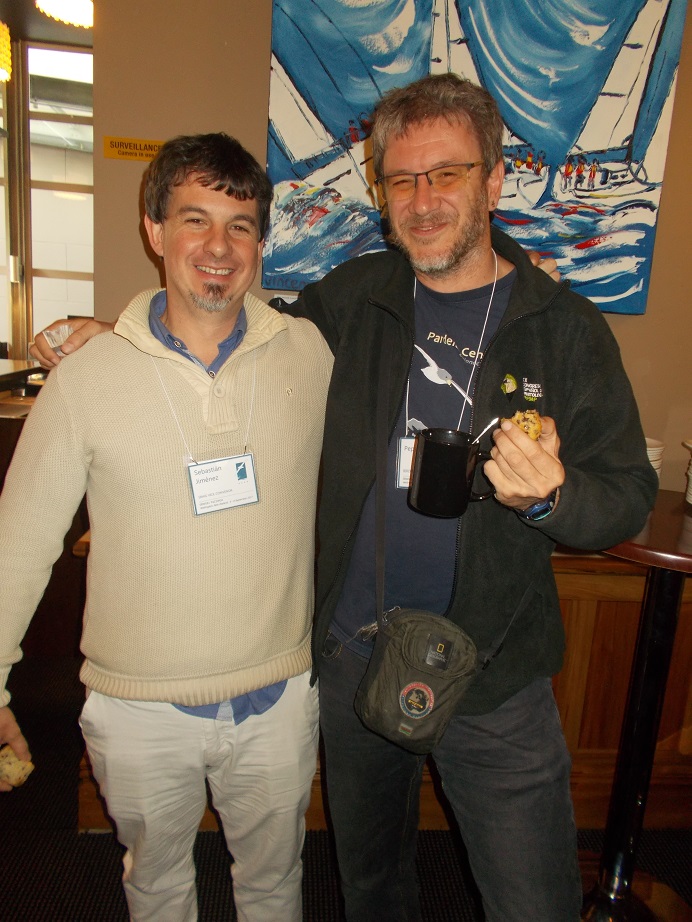
Sebastian Jimenez (Uruguay) and 'Pep' Arcos (Spain)
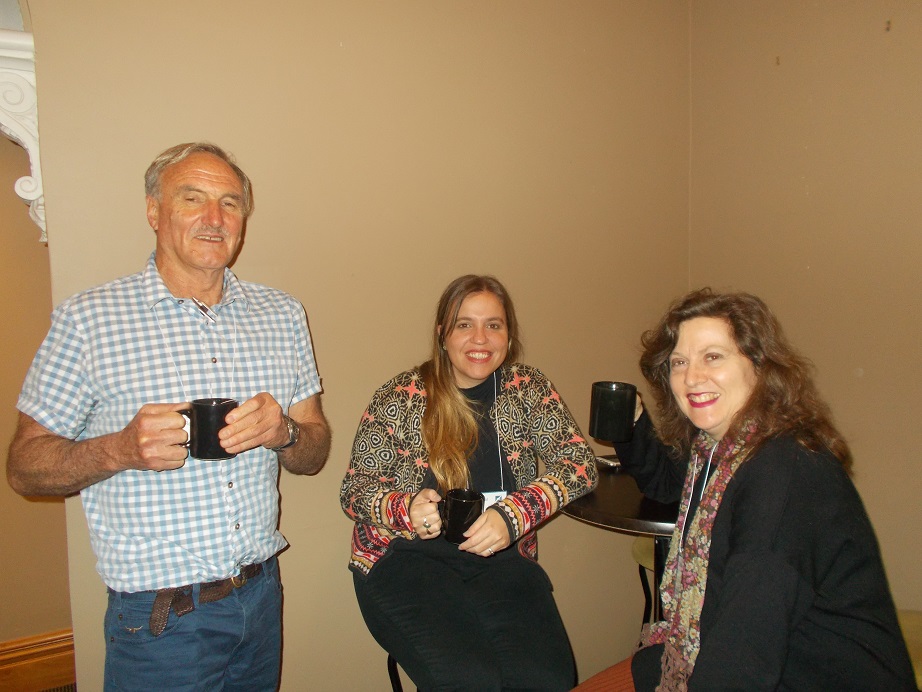
Graham Robertson (Australia) with interpreters Cecilia Alal and Sandra Hale
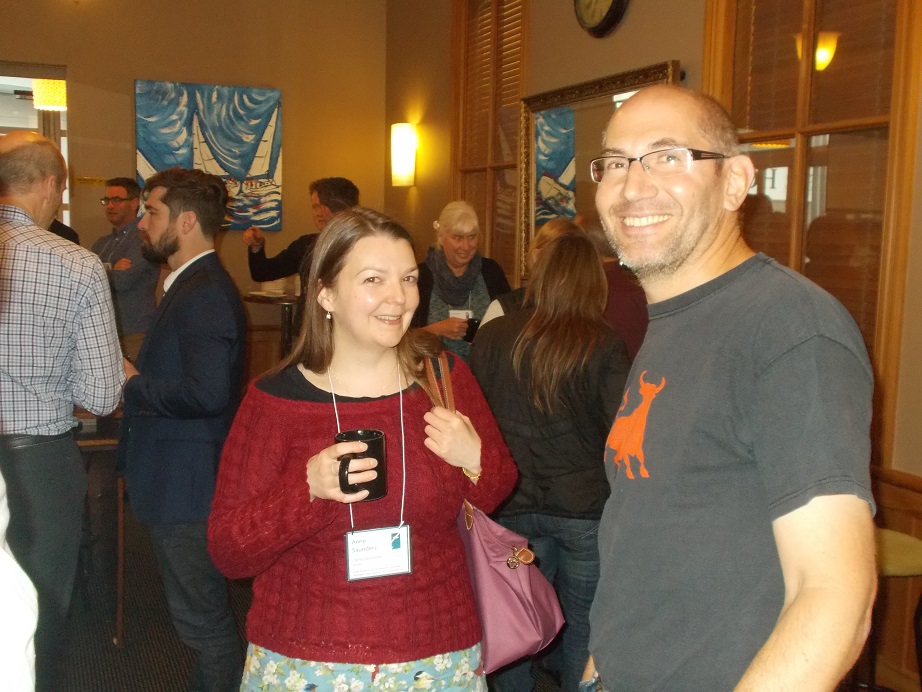
Anne Saunders and Richard Phillips from the United Kingdom
Photographs by John Cooper.
John Cooper, ACAP Information Officer, 07 September 2017
With the Albatross and Petrel Agreement meeting in Wellington, New Zealand this and next week it seems appropriate for ACAP Latest News to highlight a new publication on a procellariiform seabird that can at times be viewed close from the shore in Wellington Harbour, and one that is being translocated to the nearby Matiu/Somes Island Scientific and Historic Reserve.
Martin Berg (Centre for Animal Movement Research, Department of Biology, Lund University, Sweden) and colleagues have published in the journal Emu – Austral Ornithology on aspects of the breeding biology of the globally Least Concern Fluttering Shearwater Puffinus gavia.
The paper’s abstract follows:
“The Fluttering Shearwater (Puffinus gavia) is an abundant seabird endemic to breeding colonies in northern and central New Zealand. The species remains poorly studied, and here we present the first study to examine its breeding biology in detail. Fluttering Shearwater nests were monitored from laying in September to fledging in January 2016 on Burgess Island in the outer Hauraki Gulf, northern New Zealand. Nine (22%) of forty-one natural nests were located under dense vegetation on the ground. Eggs were laid over a period of 39 days with laying peaking on 12 September. Incubation length was 50.0 ± 3.7 days and chicks fledged after an average of 74.2 ± 4.3 days, from late December to the end of January. Chick growth corresponds to the pattern observed for other Procellariiformes, gaining body mass rapidly to a maximum of 115% of adult mass, and then losing mass until fledging. Chicks were fed most nights throughout chick-rearing. Breeding success was 63.8% and similar to other Puffinus species breeding in pest-free colonies. This study provides baseline biological data for a poorly studied, yet common, New Zealand endemic seabird. The obtained new information will allow for further ecological investigations and improved conservation management.”
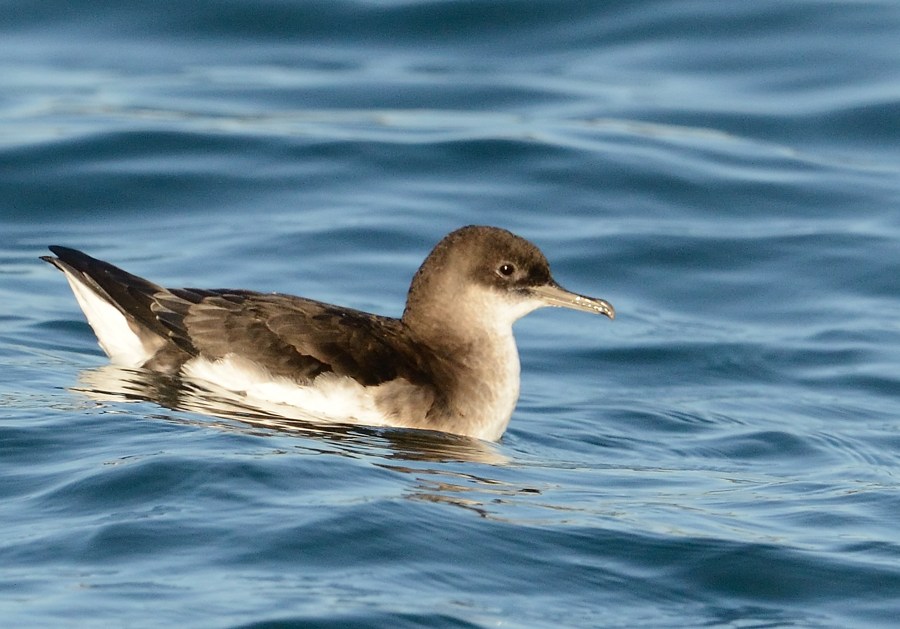
Fluttering Shearwater at sea, photograph by Kirk Zufelt
Reference:
Berg, M., Linnebjerg, J.F., Ismar, S.M.H., Gaskin, C.P. & Rayner, M.J. 2017. Breeding biology of Fluttering Shearwaters (Puffinus gavia) on Burgess Island in northern New Zealand. Emu – Austral Ornithology.
John Cooper, ACAP Information Officer, 06 September 2017
The Eighth Meeting of the ACAP's Seabird Bycatch Working Group (SBWG8) got underway yesterday in Wellington, New Zealand. Under the joint chair of Convenor Anton Wolfaardt and Igor Debski and Sebastián Jiménez as SBWG Vice Convenors, the meeting spent most of the day discussing best-practice mitigation advice in both longline and trawl fisheries, supported by a number of submitted papers.
A portfolio of some of the participants attending SBWG8 follows.
SBWG participants gather in the meeting room in the CQ Hotel before the first day of a three-day meeting gets underway.
Jonathon Barrington (Australia) points and wags fingers simultaneously leaving Barry Baker (Australia) seemingly unmoved.
Meeting chairs Igor Debski (New Zealand), Anton Wolfaardt (UK) and Sebastián Jiménez (Uruguay) get themselves set up at the "top table"
Meeting chairs Sebastián Jiménez (Uruguay), Anton Wolfaardt (UK) and Igor Debski (New Zealand), get SBWG8 underway
Well done New Zealand: running an eco-friendly meeting with glass containers and not a single-use plastic water bottle in sight
Graham Robertson (Australia) and Andrés Domingo (Uruguay) at morning tea break
Johan de Goede (South Africa) explains a point to Barbara Weinecke (Australia)
Janice Molloy (New Zealand) with Nigel Brothers (Australia) and Hannah Nevins (USA)
Anton Wolfaardt (SBWG Convenor, South Africa) and Yukiko Inoue (Japan) enjoy a conversation
The meeting room has been well set up with audio-visual equipment
Photographs by John Cooper.
John Cooper, ACAP Information Officer, 05 September 2017
© 2024 ACAP. All rights reserved. Privacy Policy Manage Your Data LoginLogout

 English
English  Français
Français  Español
Español 









